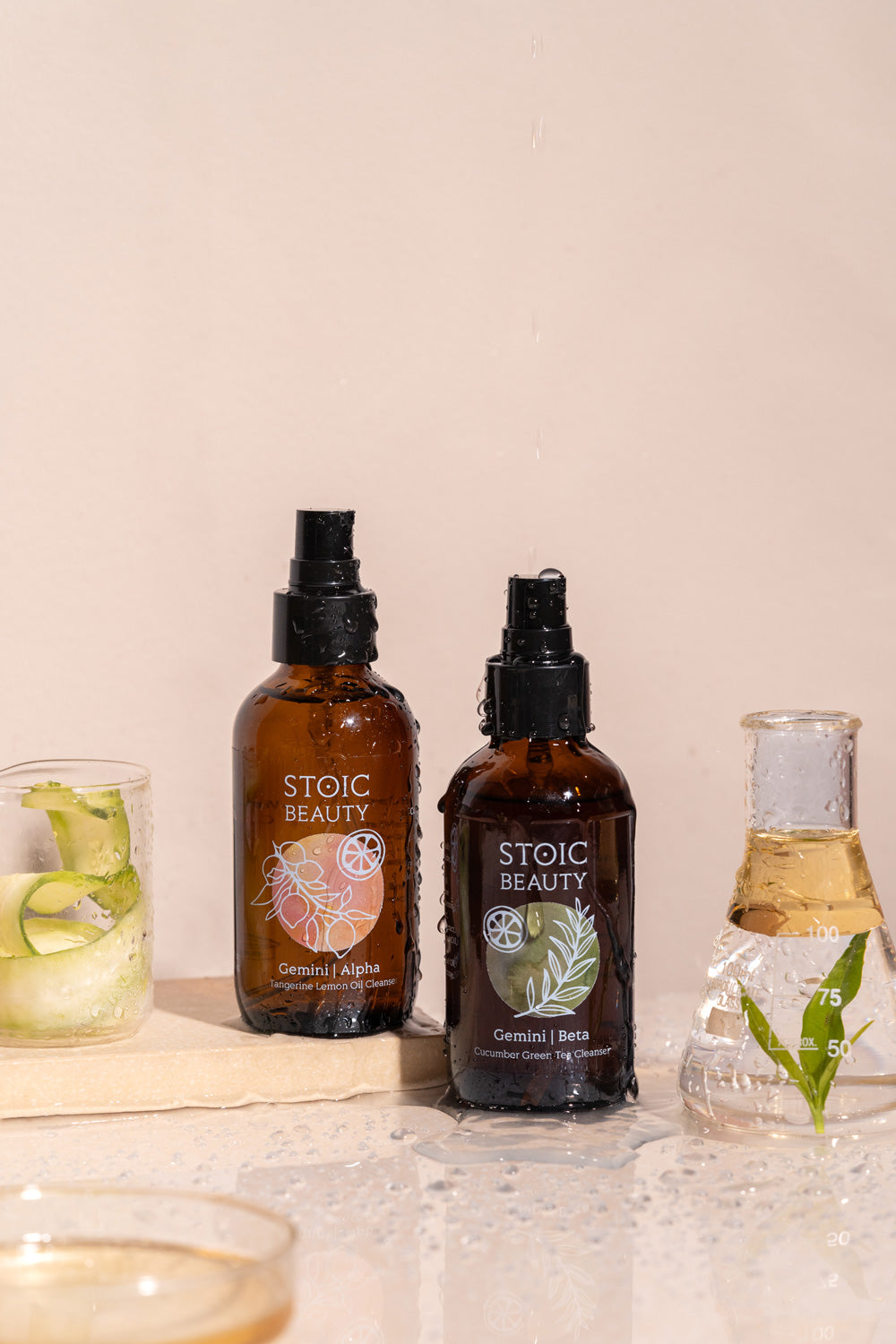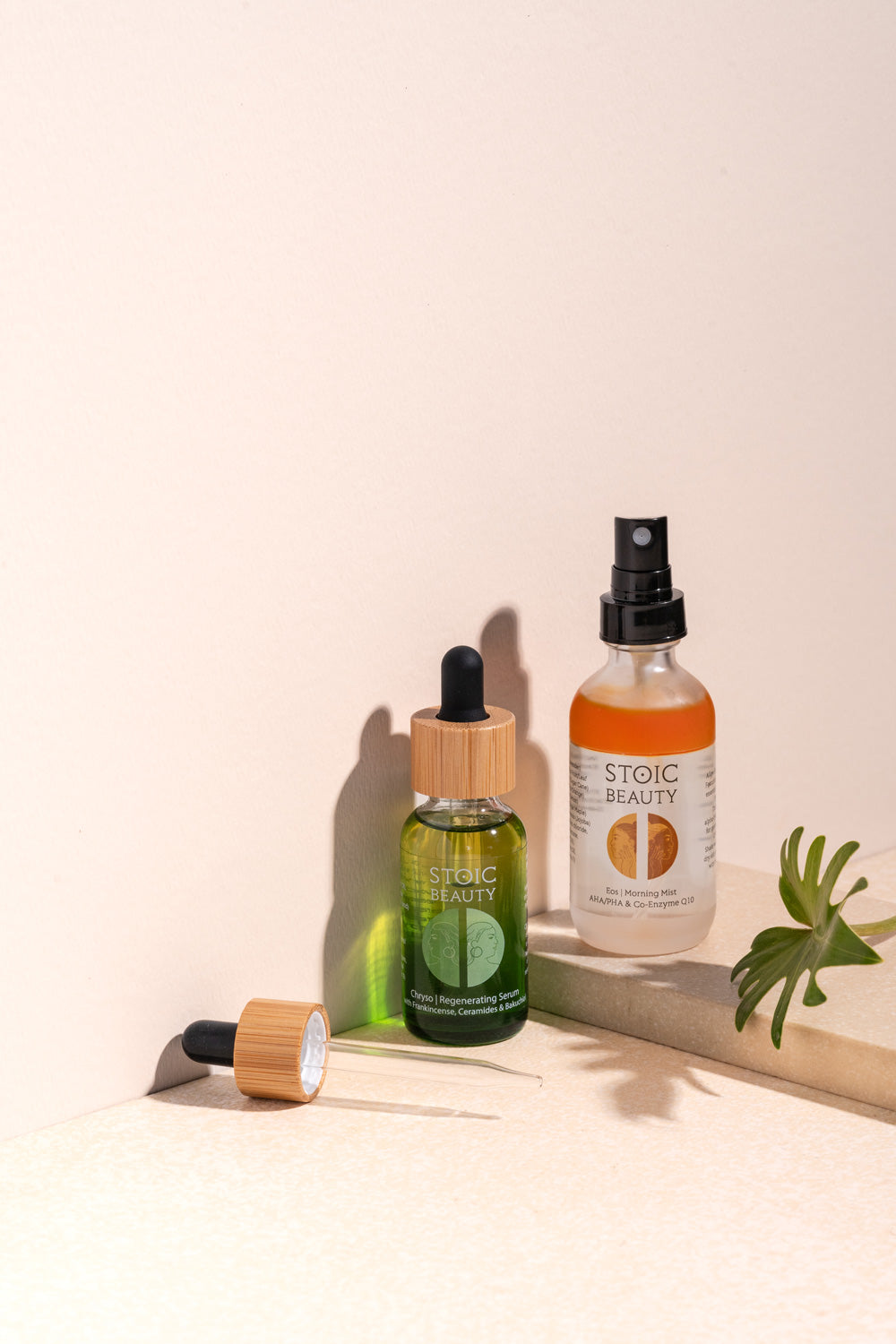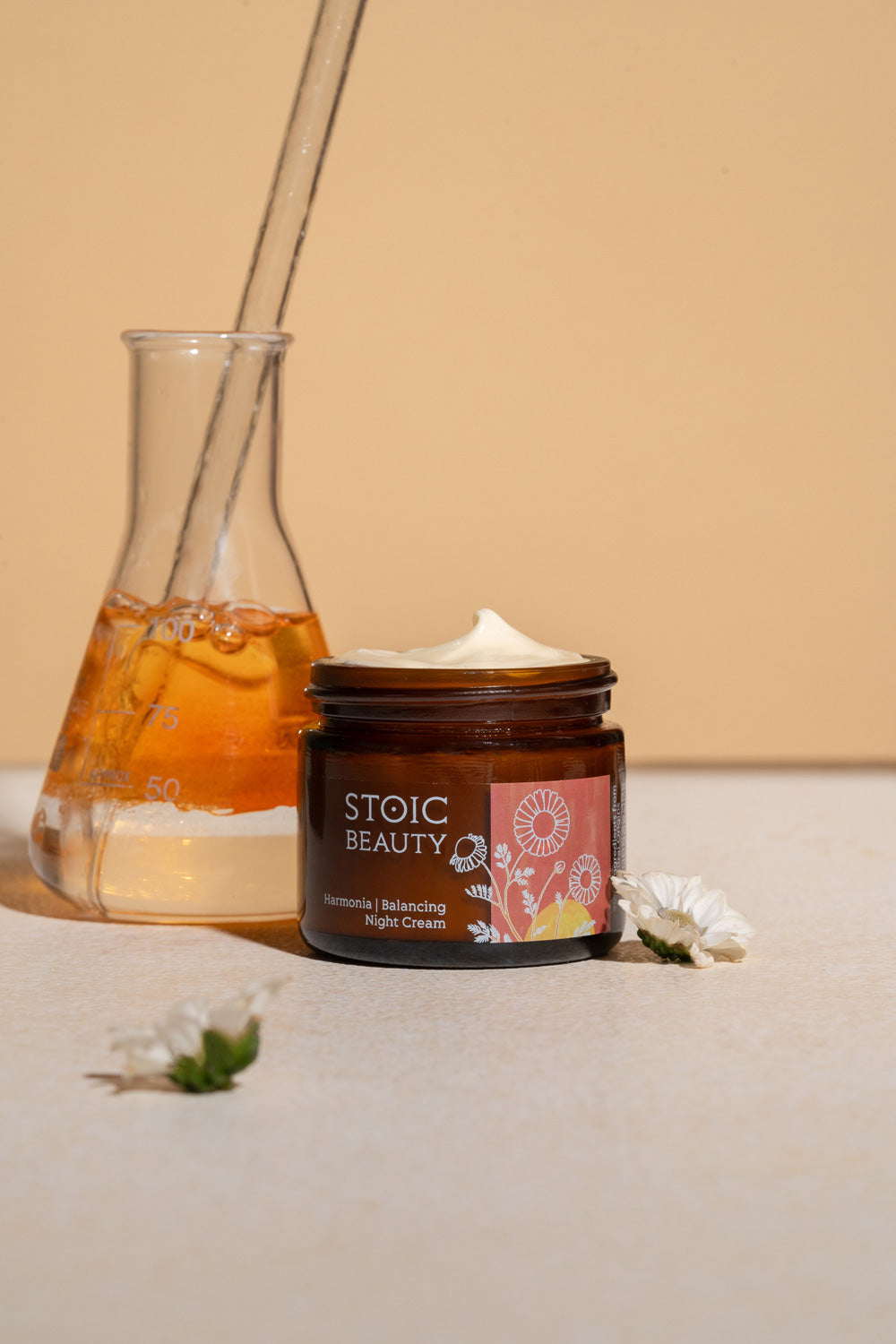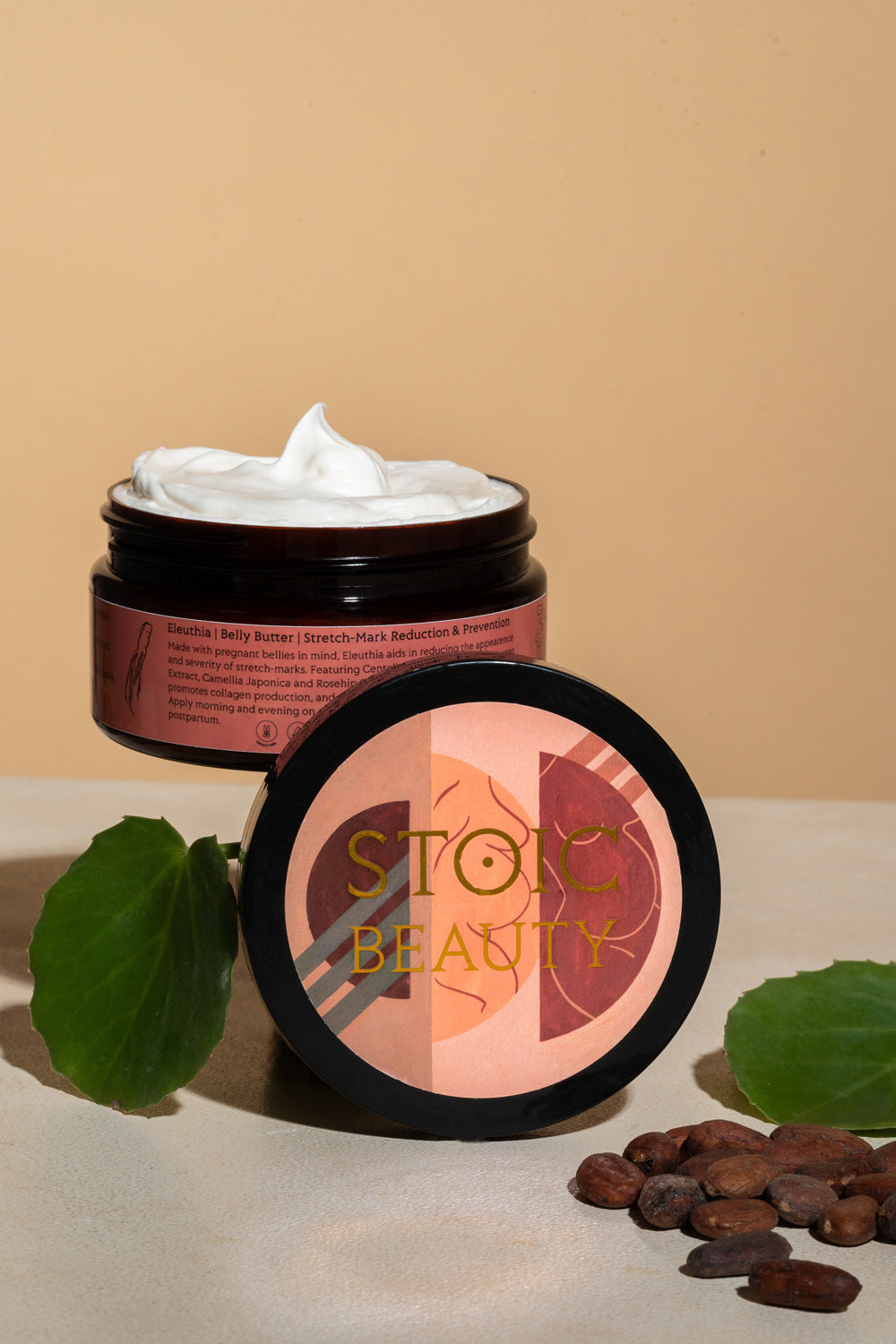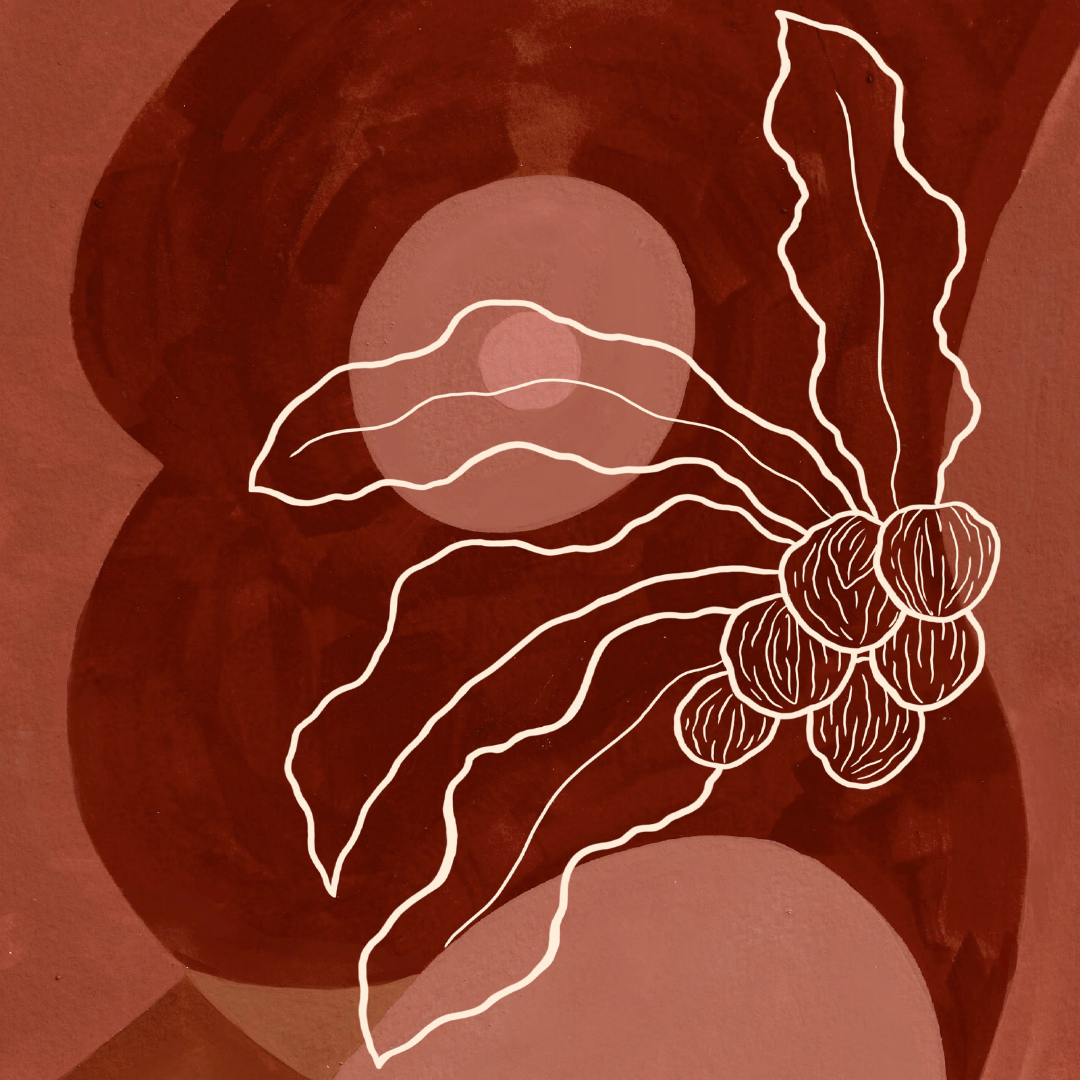
It is no secret Shea Butter is a versatile beauty staple. Body butters, night creams, soaps, lip balms, moisturizers, all sorts of variations and formulations are possible. The skincare benefits of Shea butter came to public awareness in North America in the late 1980s and early 1990s. Concern for the environment was growing and consumers were looking for alternatives to petroleum and petroleum by-products. Shea butter was a wunderkind: naturally smooth and extra moisturizing, it was a natural fit in the green-beauty movement. As the butter travelled the world, its benefits have become more common knowledge: it has natural richness in Vitamin A, E, and F, and is used to smooth, hydrate, and balance skin tone. It assists with skin renewal, increases circulation, and provides protection against free radicals. Shea butter, naturally hard at room temperature, also has an excellent composition to work as a base of more complex formulations and is a popular choice for homemade ointments and salves.
But where does Shea Butter come from?
The shea tree, or karité in French, is found in dry savannas, forests and parklands of the Sudan zone of Africa. Evidence suggests widespread use of this natural resource dating back over 5000 years, in food and in beauty.[1] Its popularity has grown throughout the world in the cosmetic industries, notably in North America, as consumers increasingly recognize the need to divest from palm oil.
With an increase in demand for Shea Butter, there is a risk posed to the indigenous producers of the raw ingredient. Will increased demand mean overconsumption and resource exploitation? We wanted to be sure to provide our customers with a quality product that enhances the community of origin and where sustainability is a top priority.
Where does our Shea Butter come from?

Illustration of women in Ghana roasting shea nuts
Our Shea Butter comes from Ghana, where shea trees predominantly grow in the wild. We decided to source our Shea butter from Baraka Shea Butter, a Canadian company that works directly with women in Wa, Northern Ghana. All of their products are Community Certified Fair Trade, which means:
- Women can sell their product at a premium price above market averages
- Women negotiate the price and business relationship as a group
- A respectful and dignified relationship is a priority between Baraka and the women
- Baraka assists with support for community, family, youth, education and other priorities as identified by the women’s groups
It also means that women are incentivized to continue sustainable harvesting practices. When they pick and prepare Shea, only 15% of fallen shea is harvested, leaving the remainder to germinate and grow into new shea treas. You can learn more about the process in this video.
“Baraka is actively involved in promoting conservation of Shea Trees. Lack of economic options often forces families to cut down Shea Trees and make charcoal for cooking (Shea is known as producing the best hardwoods). Baraka is involved in education and awareness campaigns and, more importantly, every kilogram of pure handmade Baraka Shea Butter that is purchased puts more money into the hands of hard-working women and families and incentivizes them to preserve the Shea Trees” – Wayne Dunn, founder of Baraka Shea Butter
Baraka has also reinvested in the community by helping finance the purchase of roasters for shea that allows for manual stirring while keeping at a safe distance from the heat source.
Baraka also has a no waste policy. Here in Canada, they keep packaging minimal. In Ghana, the women make use of all the shea by-products. Some is used to create black soap, or dried and used to fuel lanterns. Every part of the shea is used, even the water used to clean is saved and used for cement.
Every purchase has a direct impact on women, their families and their communities in Ghana.


[1] Lovett, P. N. "Sourcing shea butter in 2010: a sustainability check." Global ingredients & formulations guide (2010): 62-68.

